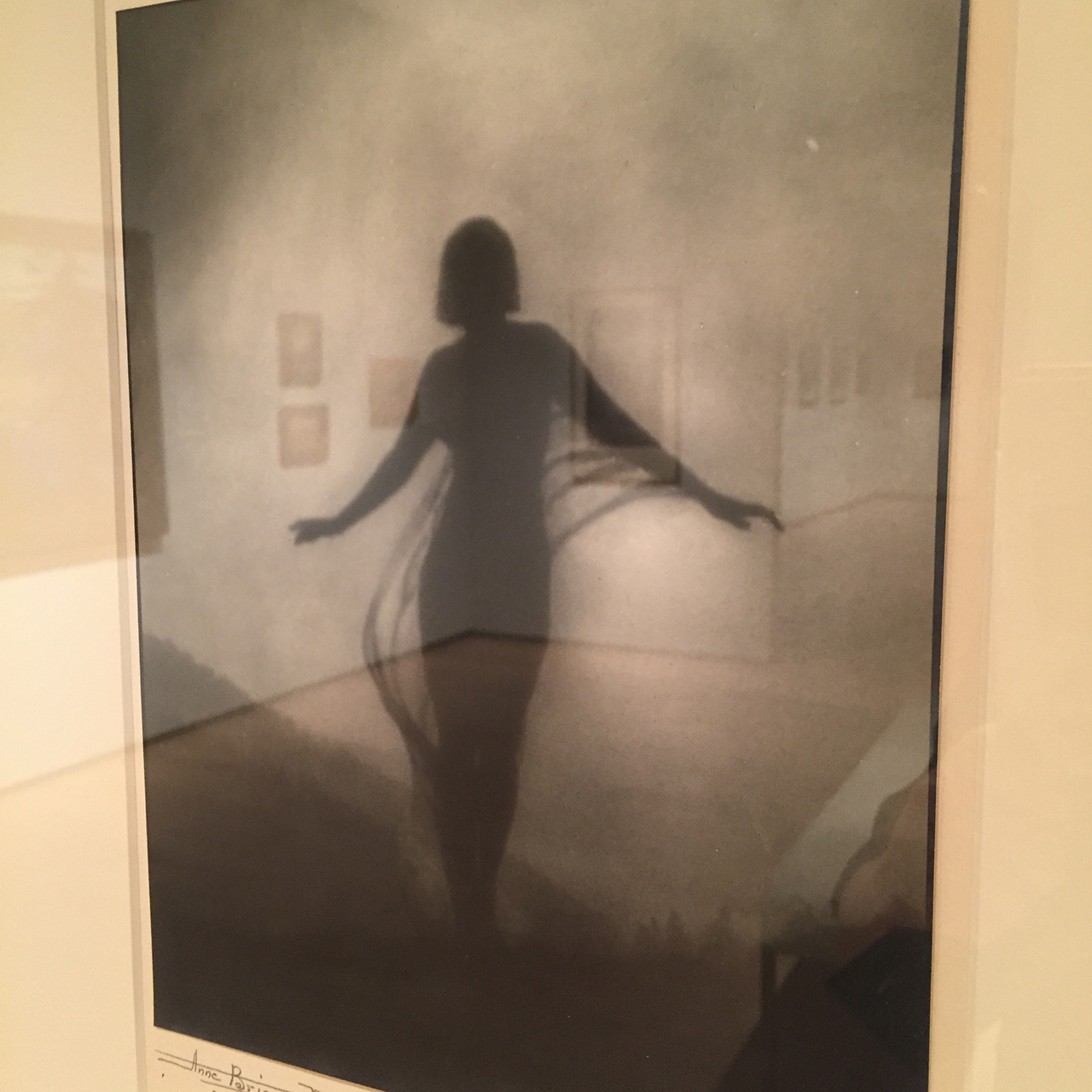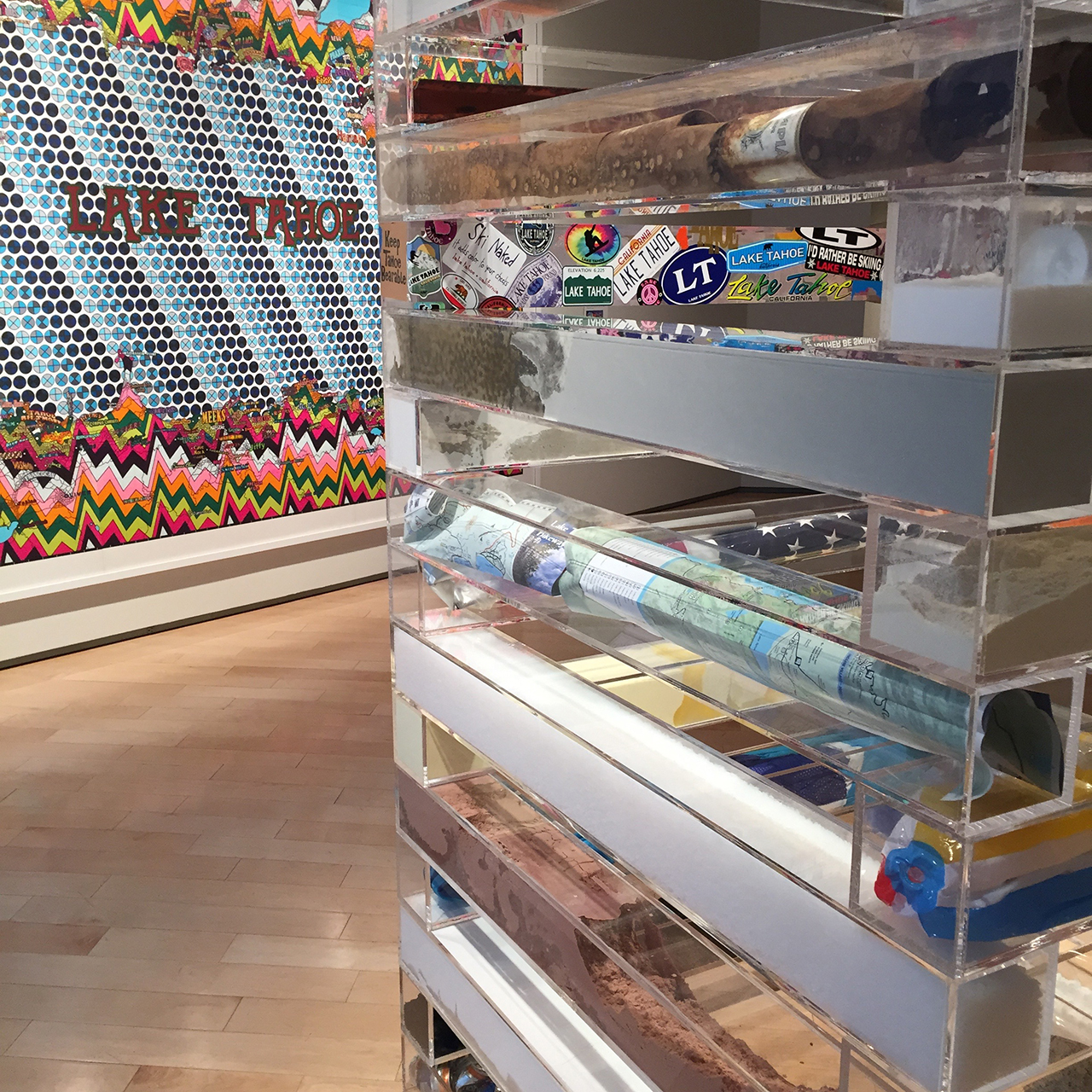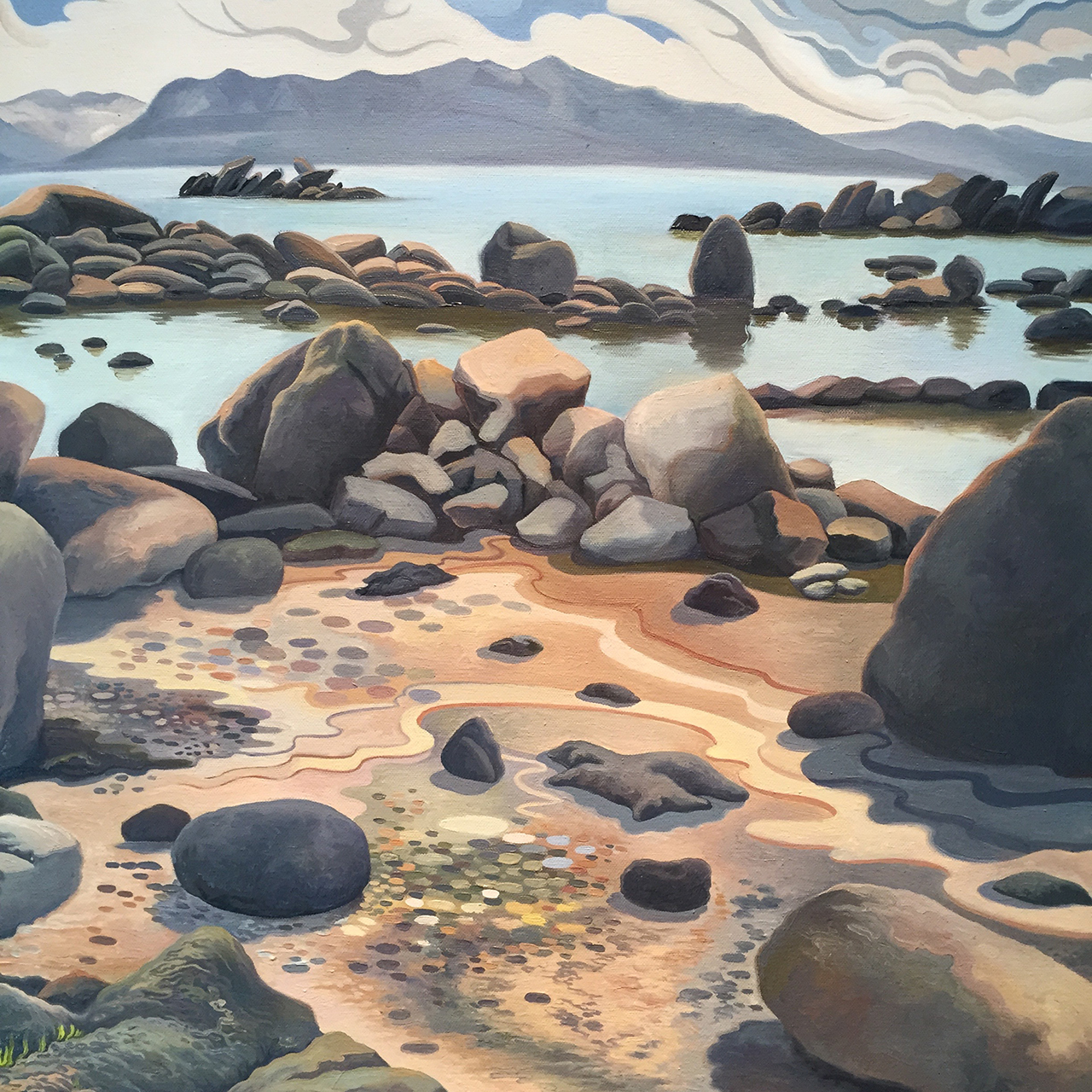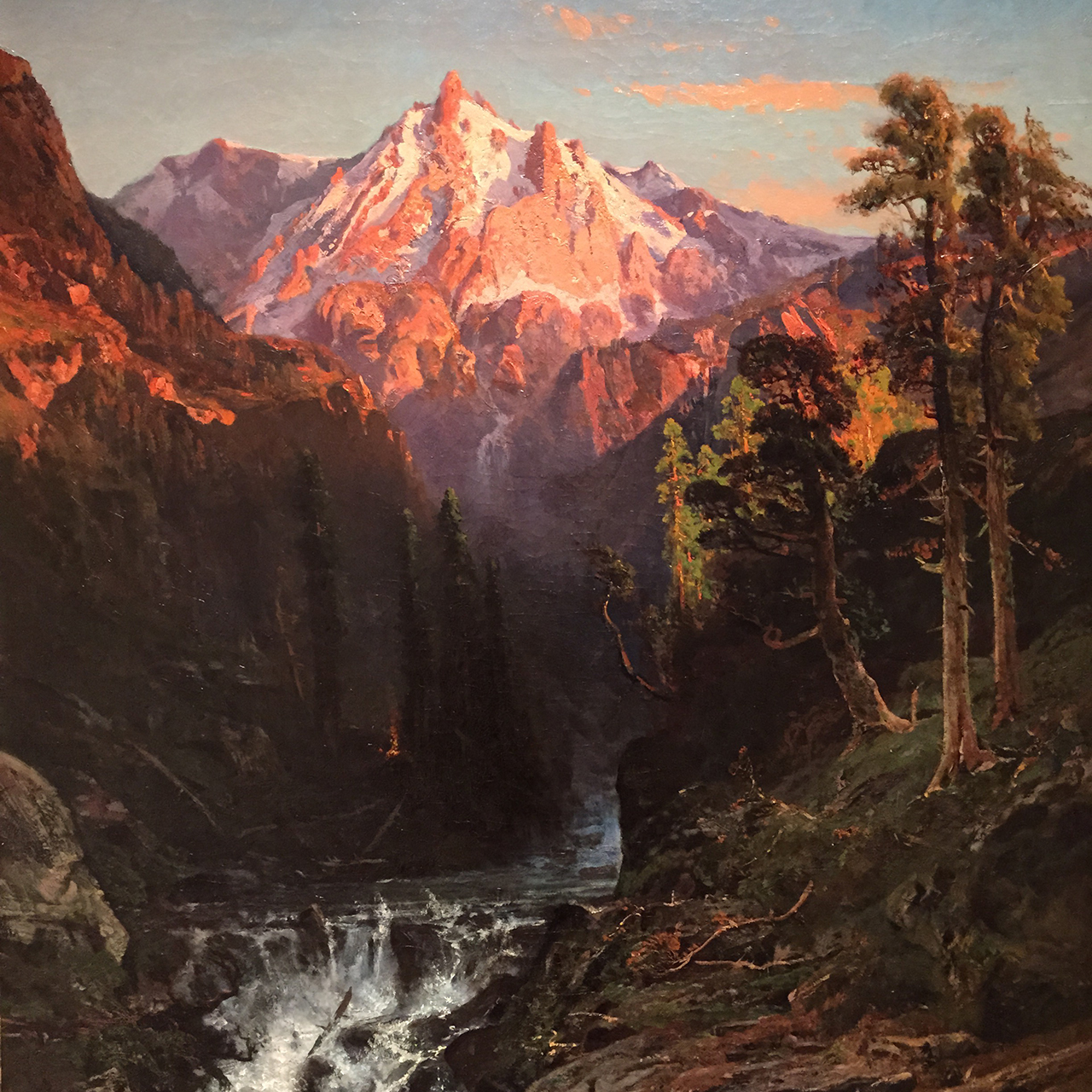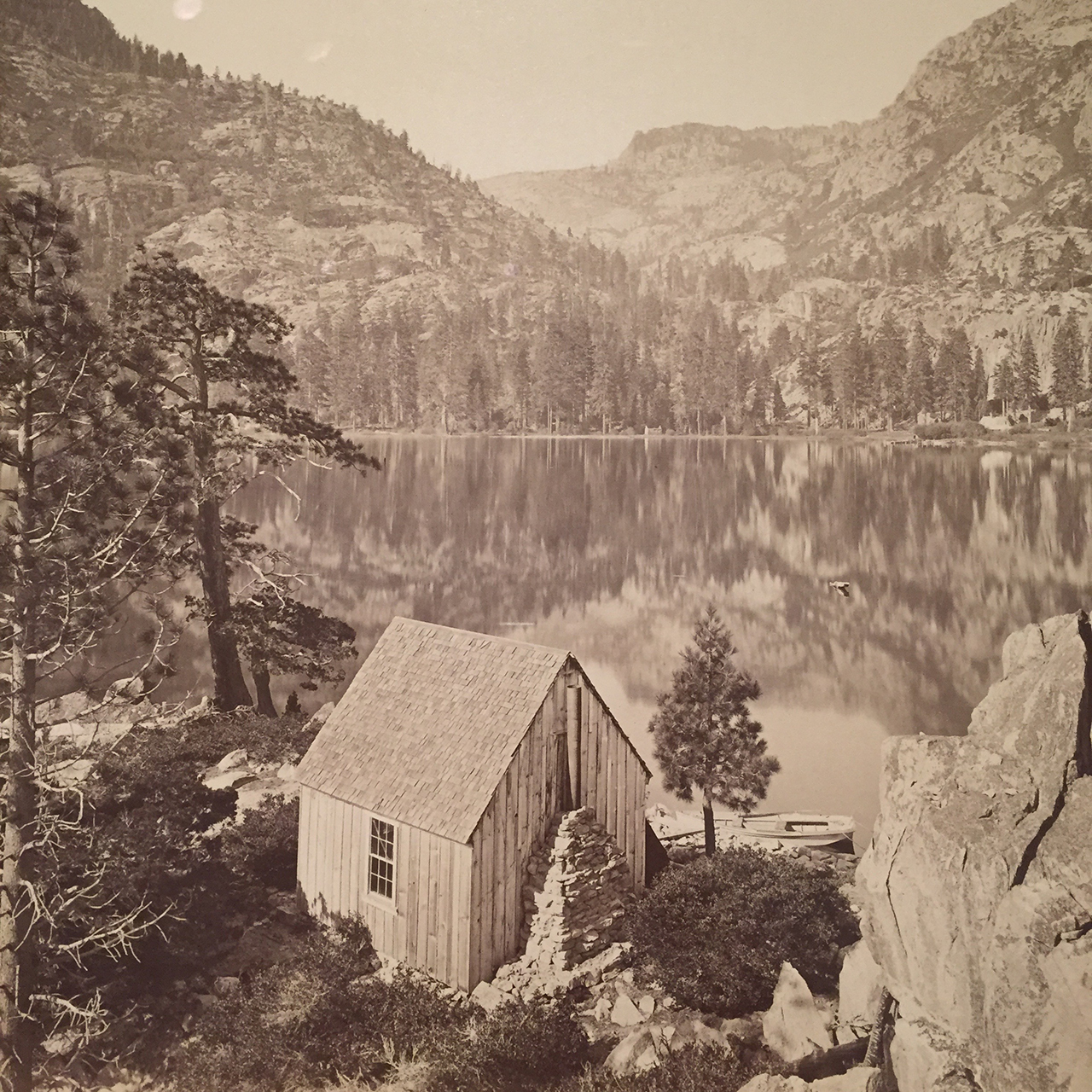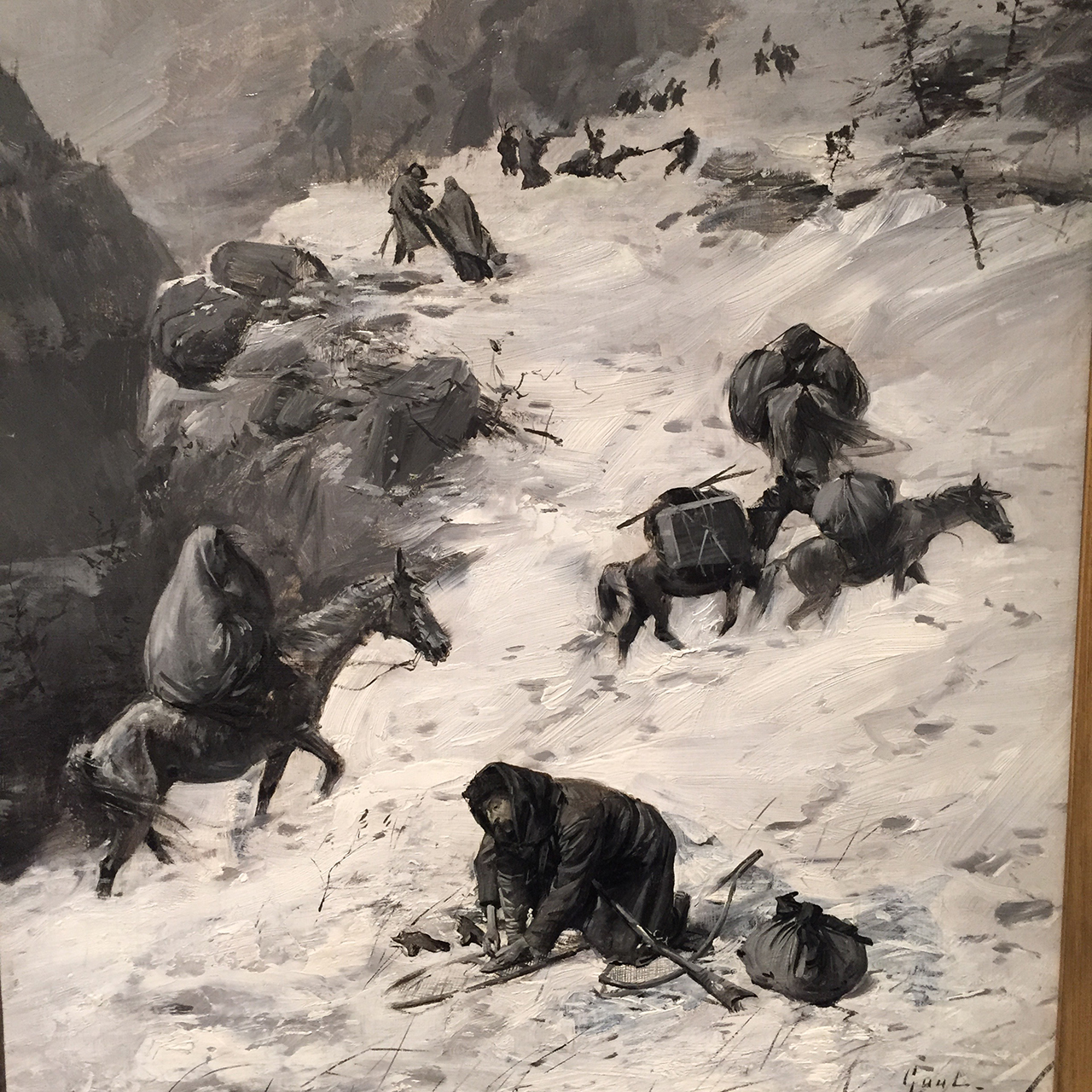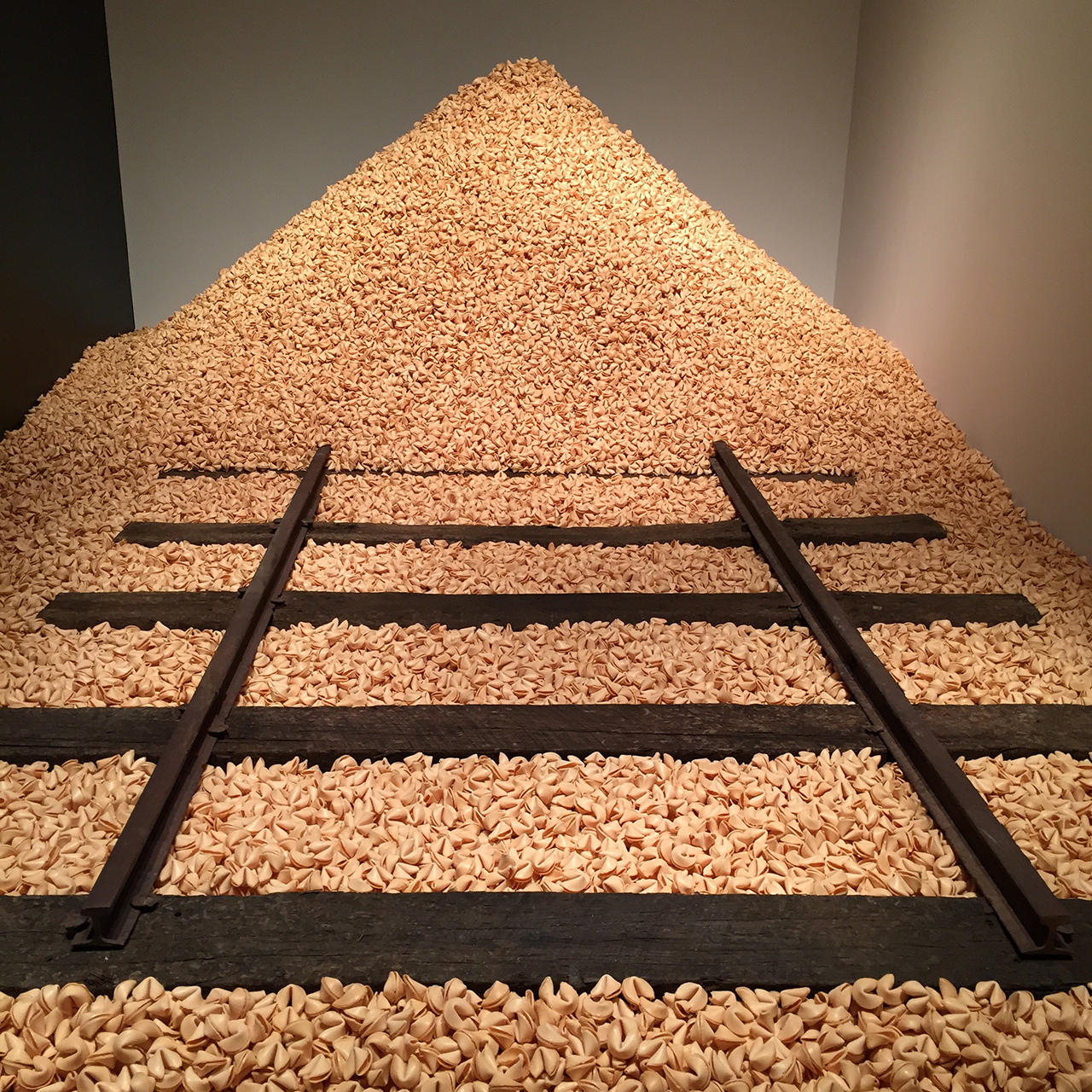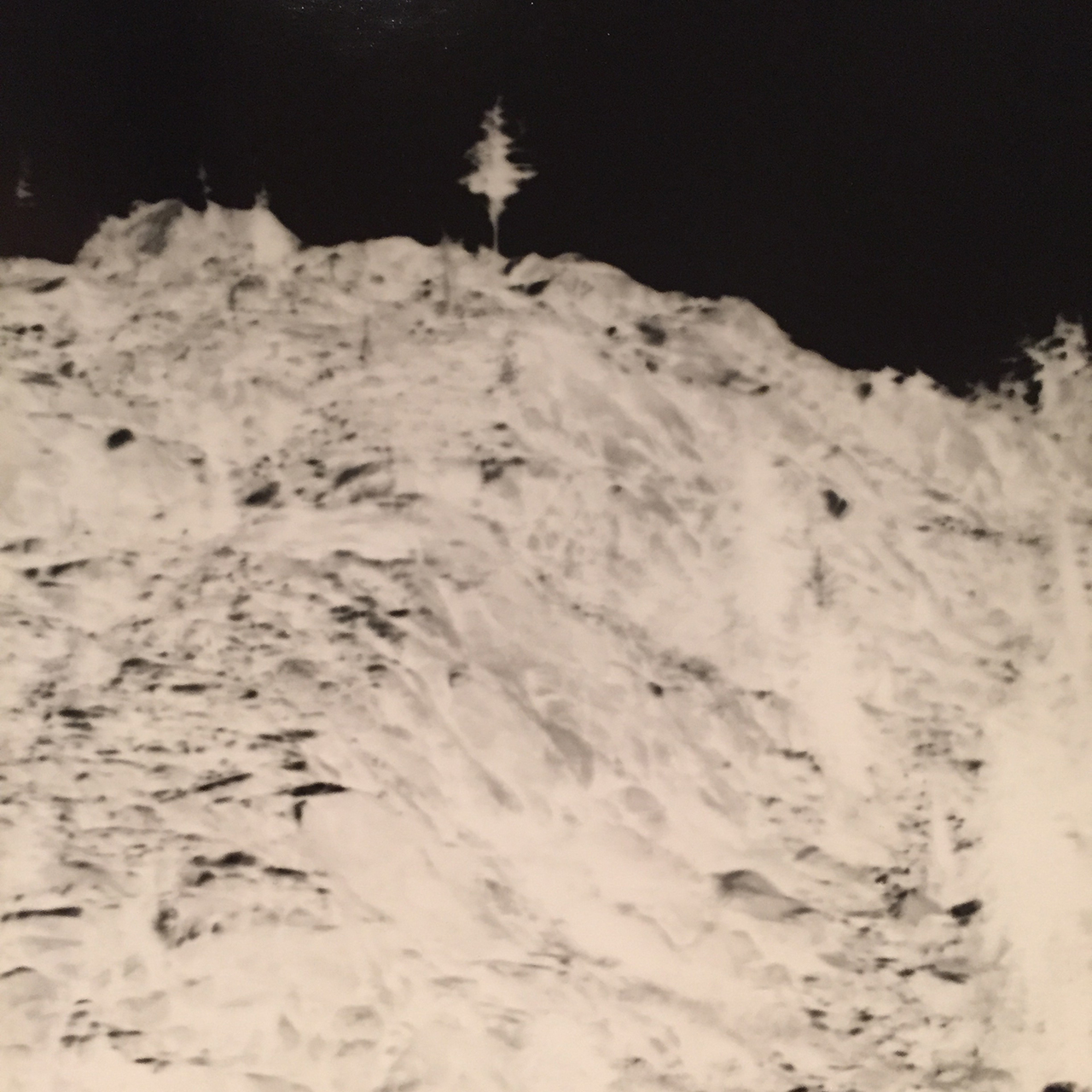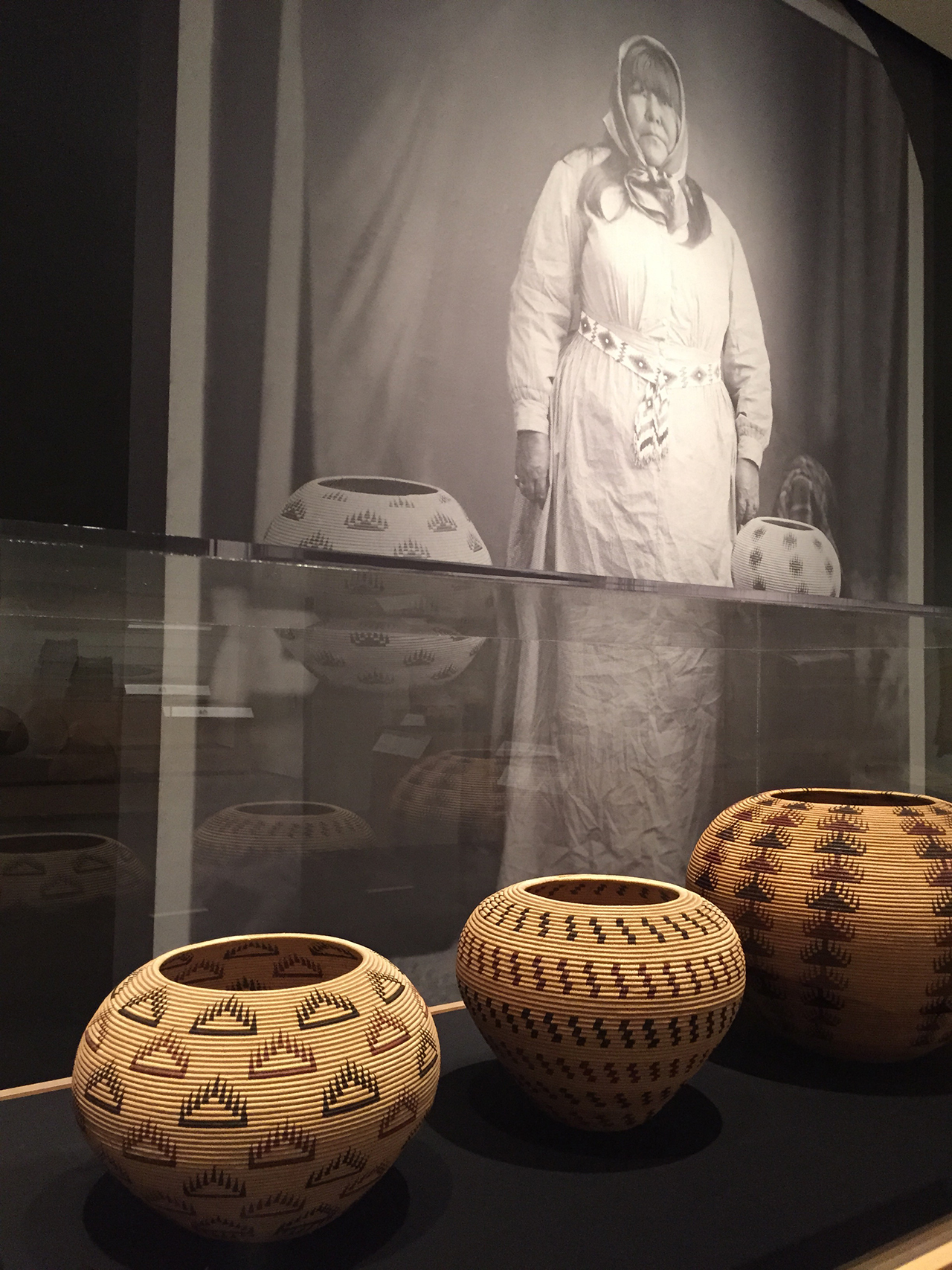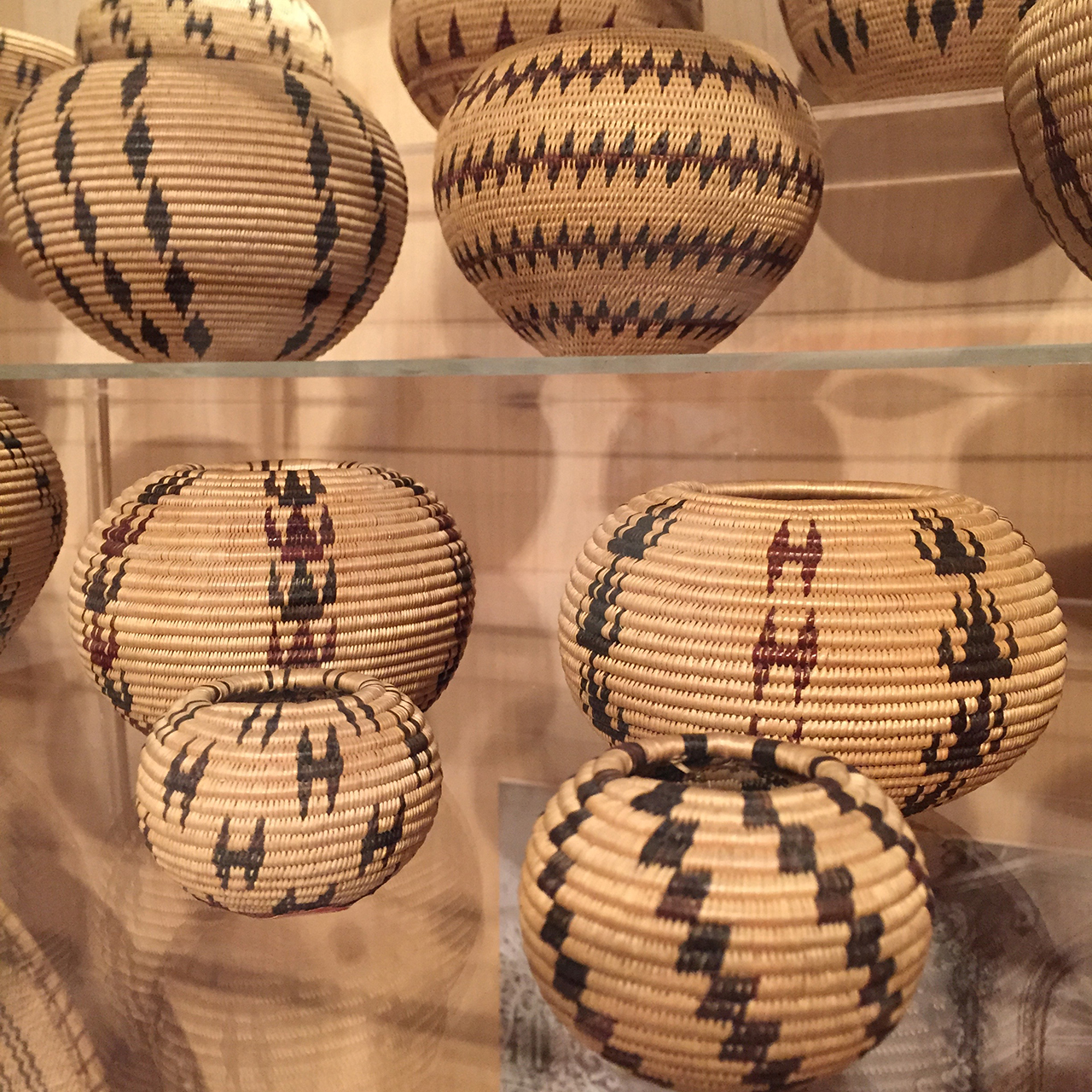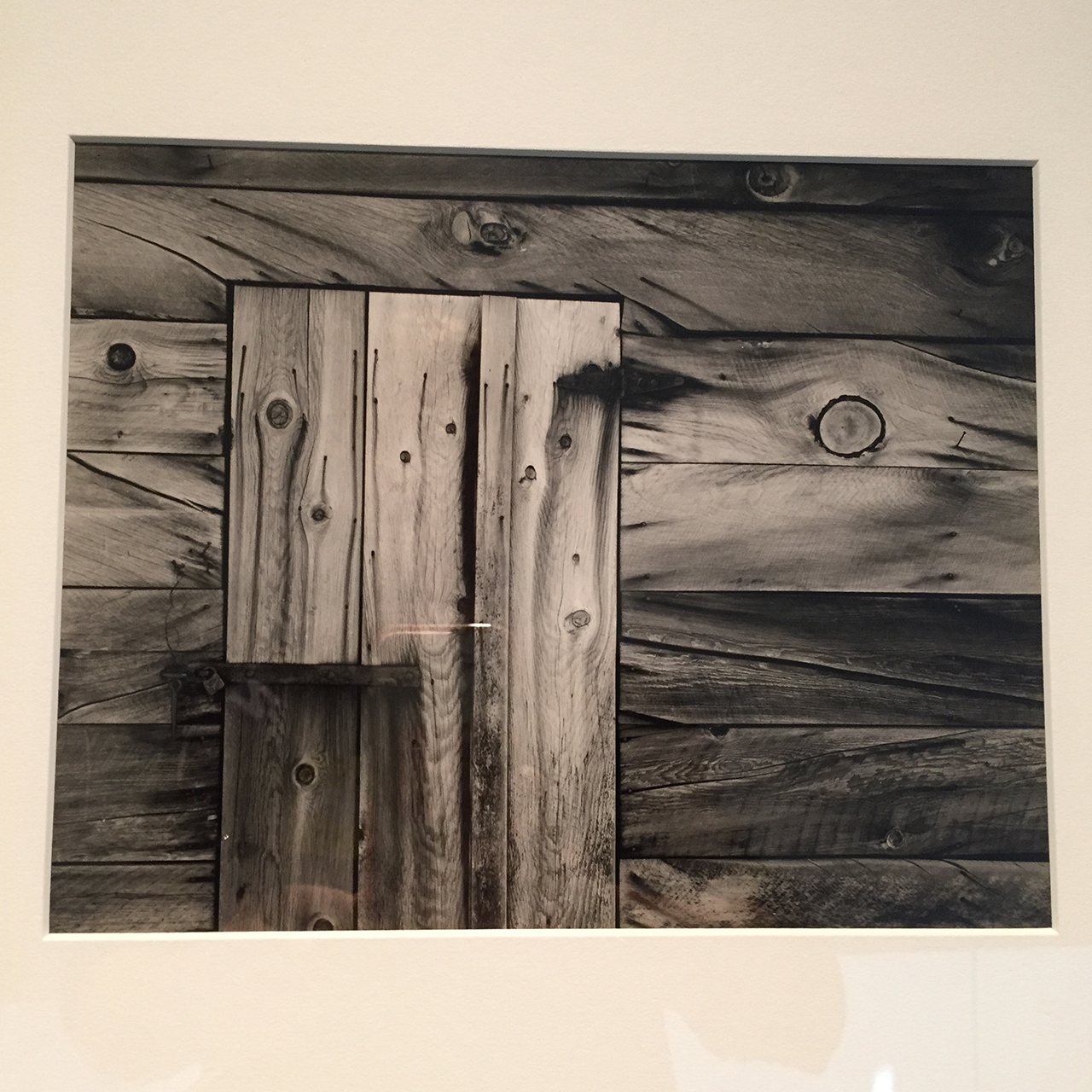The Nevada Museum of Art has launched an astounding and very well researched exhibition called “Tahoe A Visual History.” Since its discovery Lake Tahoe has been the focus of many stories, from the Washoe Indians who passed through each Summer, to the Comstock Bonanza when mining stripped the region of trees, to the creation of the railway from East to West, bringing all of the “kings” of photography surveying the area, to the people who holiday and boat on the lake to this day.
The exhibition starts by exploring the historical aspects of the region from the entrance on the second floor. Exhibits include a beautiful series of photographs by Anne Brigman from the early Twentieth Century. Her images incorporate ethereal nude women in the landscape. Brigman was recognized by Alfred Steiglitz, who exhibited her work in his gallery in New York several times.
This exhibition gives the opportunity for the public to see some of the legendary master photographers of all time. Images are here from Carleton Watkins, Timothy O’Sullivan, Ansel Adams and Edward Weston. The curation is impressive and there are many works together that are from private collections never seen by the public before.
Historic maps abound and there is a visual investigation into the construction of the railroad connecting the East and West of America and the deforestation of the Tahoe region in order to shore up mine shafts. Entire forests disappeared under ground. This leads on to the stories of the Chinese indentured laborers who built the railways and worked in the mines. Hung Liu has created an incredible installation made almost entirely of fortune cookies forming a mountain with a railway track running into the mountain. “Jiu Jin Shan (Old Gold Mountain)” is a great piece of haunting cultural history remembered in a modern way.
Visual renditions of the Donner Party expedition and its tragic end are found together culminating in a giant photographic piece by Shi Guorui. Shi has made an approximately 12 foot direct silver gelatin print from a pinhole in a tractor trailer of the Donner Pass. The image is reversed and is the eerie negative of what you would normally see.
An entire section is dedicated to the master basketry weaving of the Washoe people. Louisa Keyser otherwise known as Datsolalee reigns in a huge scale photographic portrait above a series of the most intricate baskets she made. Even now the patterns on the baskets are surprisingly modern and elegant. The craftsmanship is legendary for good reason. Impossible fine baskets with impeccable designs and structure fill the rooms. They were displayed floating in museum glass with the giant photograph of Datsolalee towering above the exhibit pieces. The information panels were well designed informative and fun to read, just enough to give the viewer the thirst for more research at a later date.
An impressive section of Old Master style landscape paintings was almost too much to take in, needing more contemplative time. Albert Bierstadt was well represented in this area, including a massive epic painting of Lake Donner and surrounds from 1873. Many pieces focused on the incredible transitional light that happens across the sweeping Western landscapes.
Finally the show progresses into the modern and contemporary art inspired by Lake Tahoe, with magical surreal oil paintings by Phyllis Shafer leading the viewer into the following galleries. In the main open area gallery are large installations by Maya Lin who concentrates her work on conservation and the environment. One of her pieces is made entirely of pins pushed into the wall and represents a massive topographical outline of Lake Tahoe. Its transience has a poignancy as when the exhibition is removed the pins will go back in a box and they will become just pins again, perhaps demonstrating the fragility of the lake.








